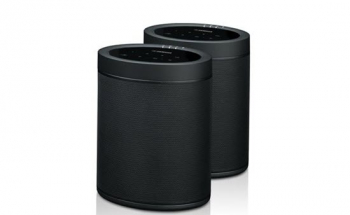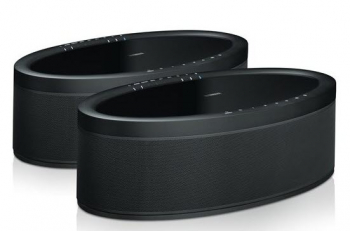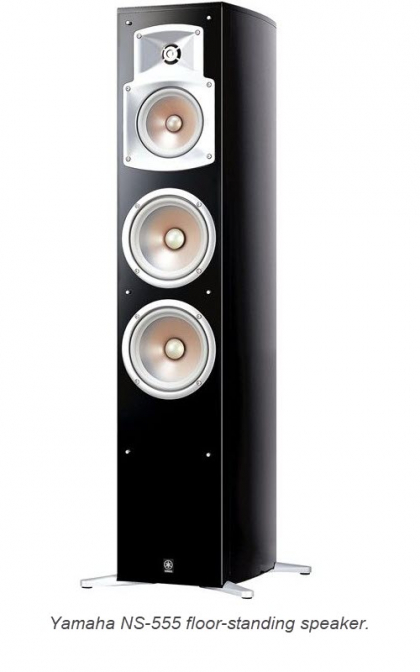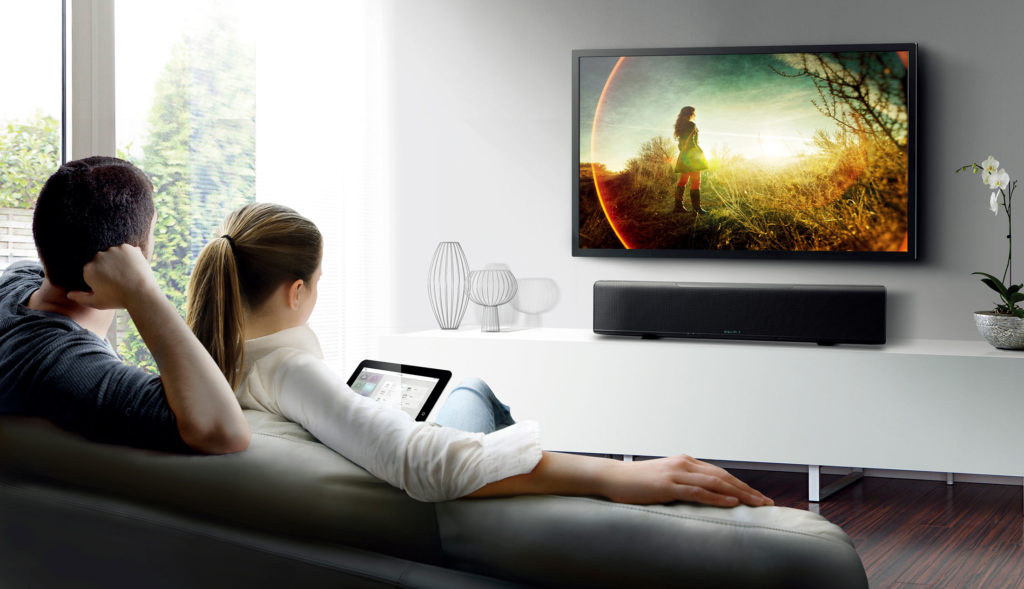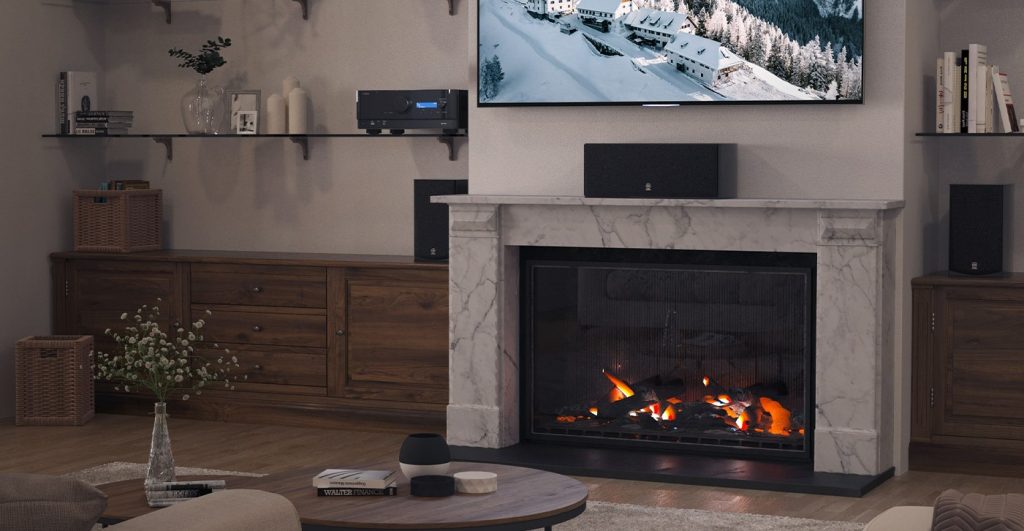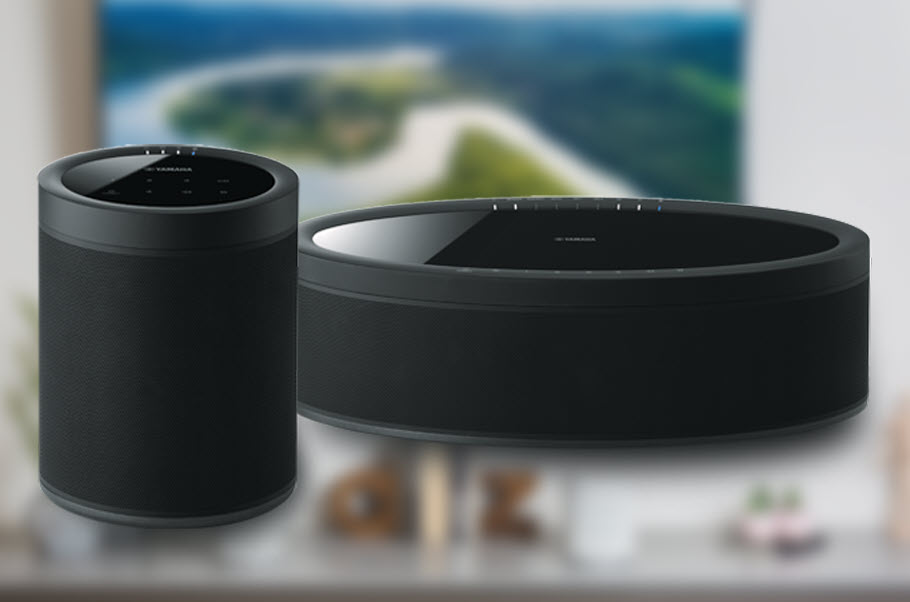How To Shop For a Surround Sound System
Here’s what you need to know to start enjoying immersive home theater.
There’s nothing quite like the enveloping experience of a surround sound system. From virtual options offered by sound bars, to 5.1-channel discrete surround, all the way up to 11.2-channel systems, your home theater can be outfitted in a number of ways at a variety of price levels. Whether you choose to go the all-inclusive HTIB (Home-Theater-In-a-Box) route or piece your system together component by component, the audio portion of your favorite blockbuster movies, sporting events, video games and hi-def concert videos will perfectly complement the visuals on your home theater screen. After all, good picture deserves equally good audio.
Let’s explore what you need to know when you start on your quest to give the gift of surround sound.
Sound Bars with Surround Capabilities
The simplest and least expensive way to surround sound is to purchase a sound bar that offers virtual and/or 3D surround options such as DTS Virtual:X™, Dolby Atmos® or DTS:X™, all of which simulate sound effects that seem to move around you — even with a sense of height. Sound bars are relatively inexpensive and since they can be mounted on the wall or placed by your television, they take up very little space. Connectivity is easy too: All you need is a standard HDMI cable to hook up the sound bar directly to your TV. (Just make sure it supports the Audio Return Channel (ARC) feature. If not, you can also connect the sound bar via an optical cable.).
The Yamaha YAS-109 is a good example of an entry-level sound bar. It has Alexa built-in, along with subwoofers for deep bass, plus the ability to create virtual surround sound via DTS Virtual:X.
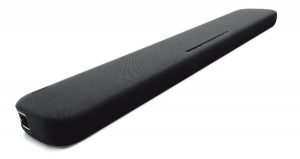
To take the sound bar experience a step further, check out the Yamaha MusicCast BAR 400. Like the YAS-109, it provides support for DTS Virtual:X as well as Wi-Fi®, Bluetooth®, Airplay 2® and Spotify Connect, plus voice control via Alexa and Google Assistant devices or Siri® via AirPlay 2. It includes a wireless subwoofer and because it’s part of the MusicCast family, you can easily create a 5.1-channel home theater by adding a pair of Yamaha MusicCast 20 or MusicCast 50 wireless speakers.

Home-Theater-In-a-Box (HTIB)
The next level up would be a complete integrated HTIB system that includes all the components and speakers necessary for a discrete (that is, non-virtual) surround sound experience. HTIBs come in a variety of sizes at different price points and with varying feature sets, but the Yamaha YHT-595OU provides particularly good value. It comes with five high-quality speakers (front left, center and right, plus rear left and right), a dedicated subwoofer, a MusicCast-enabled AV receiver and all necessary speaker wires. The big advantage here is setup time, which is pretty minimal. With such a system, you could be watching that surround sound movie before the popcorn is even popped!
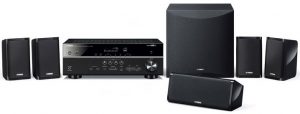
Individual Components
If you’re shopping for a true audio connoisseur, you’ll probably want to purchase individual components so they can create their own custom surround sound system. This isn’t nearly as daunting as it may seem. (There’s a wealth of information on the subject online, and right here on the Yamaha blog: Check out the article “Home Theater Basics” or the four-part “Home Theater on a Budget” series.) The heart of any such system is an AV receiver, and the good news is that most of today’s receivers can output at least a 5.1-channel signal consisting of front left, center and right speakers, plus rear left and right speakers, along with a subwoofer (that’s the “.1” channel, which consists of low frequencies only).
A great example of an entry-level AV receiver is the Yamaha RX-S602. It has a low-profile slimline design and an abundance of features, including voice control via Alexa and Google Assistant devices or Siri via AirPlay 2, as well as full 4K Ultra HD HDMI support, along with Wi-Fi, Bluetooth, AirPlay 2, Spotify Connect and MusicCast multi-room playback options. If you want to avoid having to run cabling to the rear speakers in your setup, simply add a pair of Yamaha MusicCast 20 or MusicCast 50 wireless speakers.
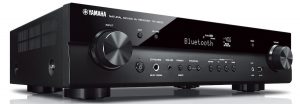
For those who want to take their home theater experience beyond 5.1, you’ll need to start with a receiver that includes more speaker outputs. For example, to play back movies mixed in Dolby Atmos, you need a receiver with outputs for at least seven speakers and two subwoofers, plus, for the best immersive experience, at least two “height” speakers (which can be in-ceiling or upward firing). DTS:X has no official requirement in terms of the number of speakers (it adapts to however many your system has), but the more speakers, the better the experience. The Yamaha RX-A3080 offers 9.2-channel playback (with 11.2-channel processing) for playback of Dolby Atmos- and DTS:X-encoded material. It also features proprietary Yamaha Surround:AI® technology to automatically optimize the surround sound in real time. Like many other Yamaha AV receivers, the RX-A3080 also offers 4K Ultra HD support as well as voice control, Wi-Fi, Bluetooth, AirPlay 2, Spotify Connect and MusicCast.
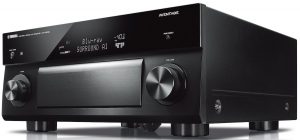
Once you’ve selected the AV receiver, the next step is to choose the speakers for the system. This choice is largely subjective, so listen to as many as possible before making your final decision. Yamaha offers several good options for front and rear speakers, including NS-333 bookshelf speakers (designed specifically for home theater applications), or NS-555 floor-standing speakers, which have a three-way bass reflex design ideal for home theater.
The center channel normally carries dialog instead of music or background effects, and so the speaker you choose to carry that signal should ideally be designed for that purpose. A good option is the Yamaha NS-C444, which incorporates a two-way acoustic suspension and a waveguide horn that allows the sound waves to reach your ears without getting reflected off the walls.
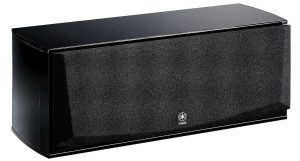
Finally, you’ll need to purchase at least one subwoofer (though, depending upon system configuration, sometimes two are required). This is a specialized speaker that has one job, and one job only: to reproduce the low frequencies that put the punch in action such as explosions, fight scenes and car chases. An excellent choice is the Yamaha NS-SW100 powered subwoofer, which features Advanced YST II (Yamaha Active Servo Technology II) for stable and accurate response of everything from the rumble of action movies to the low notes in a favorite movie musical or live concert film.

Check Out the Video
Here’s a video that shows you how to take a surround system to the next level:
Whether you decide to purchase a sound bar, go the all-inclusive HTIB route, or select individual components, shopping for a home theater surround sound system can be fun and, dare we say, binge-worthy too!
Ready to learn more about surround sound? Check out these related blog postings:
“Home Theater on a Budget, Part 1: Starter System”
“Home Theater on a Budget, Part 2: Intermediate System”
“Home Theater on a Budget, Part 3: Advanced System”
“Home Theater on a Budget, Part 4: Luxury System”
“MusicCast Wireless Surround Sound for Your 5.1 Home Theater”
“What’s So Good About Dolby Atmos® and DTS:X™?”
Click here for more information about Yamaha sound bars.
Click here for more information about Yamaha Home Theater In a Box (HTIB) products.
Click here for more information about Yamaha AV receivers.
Click here for more information about Yamaha speakers and subwoofers.











